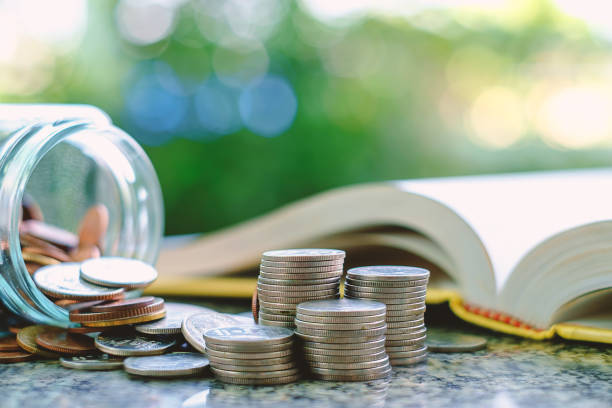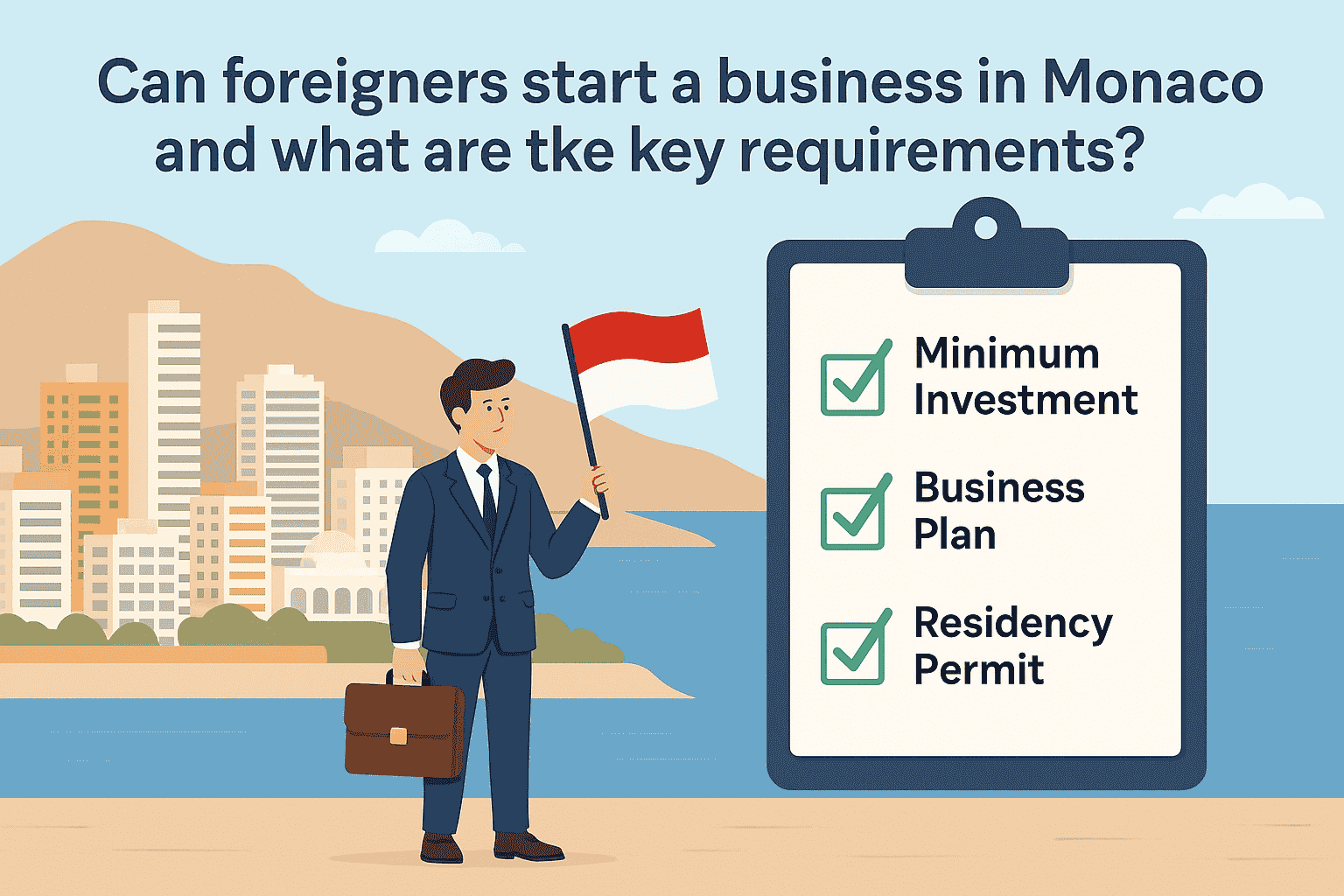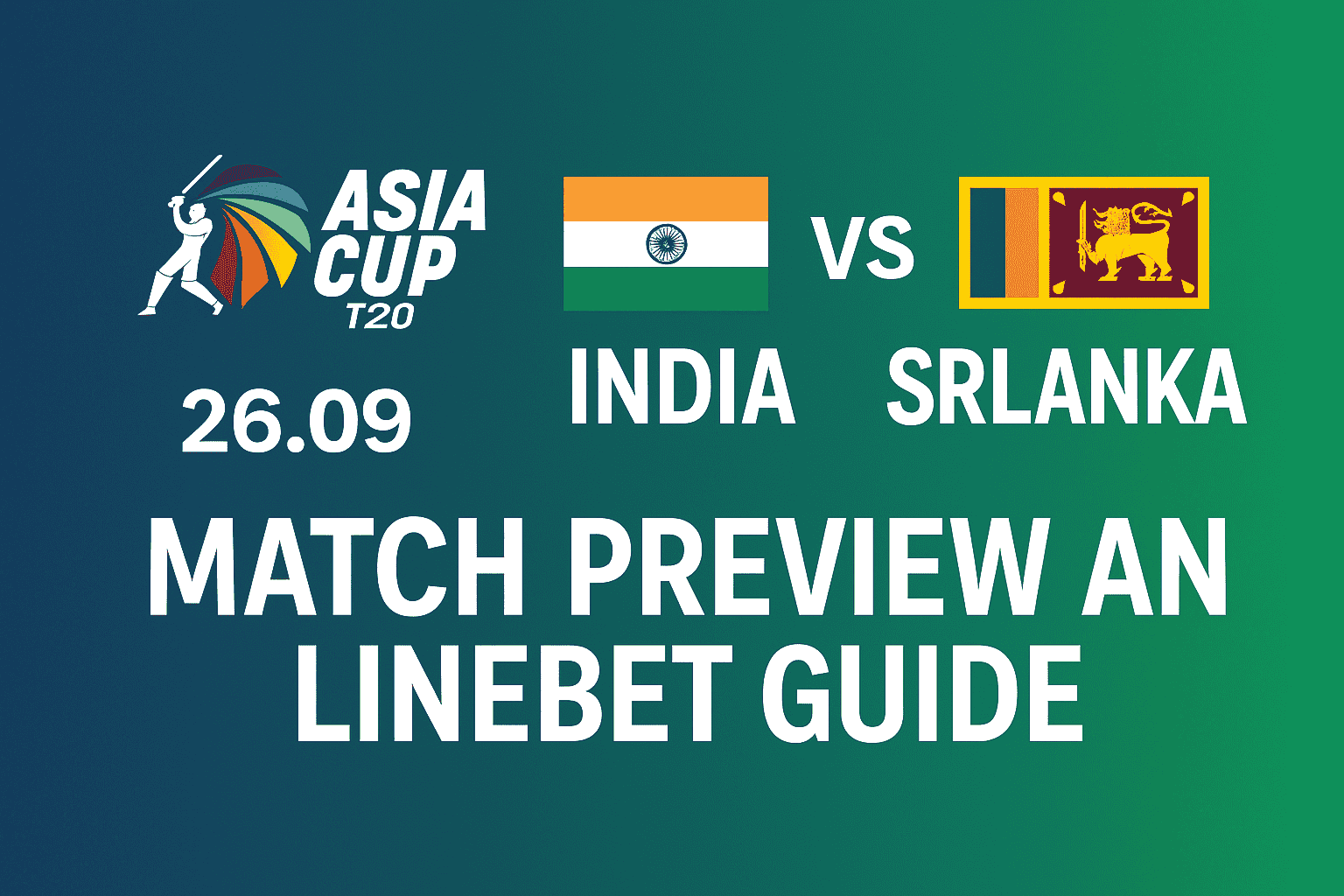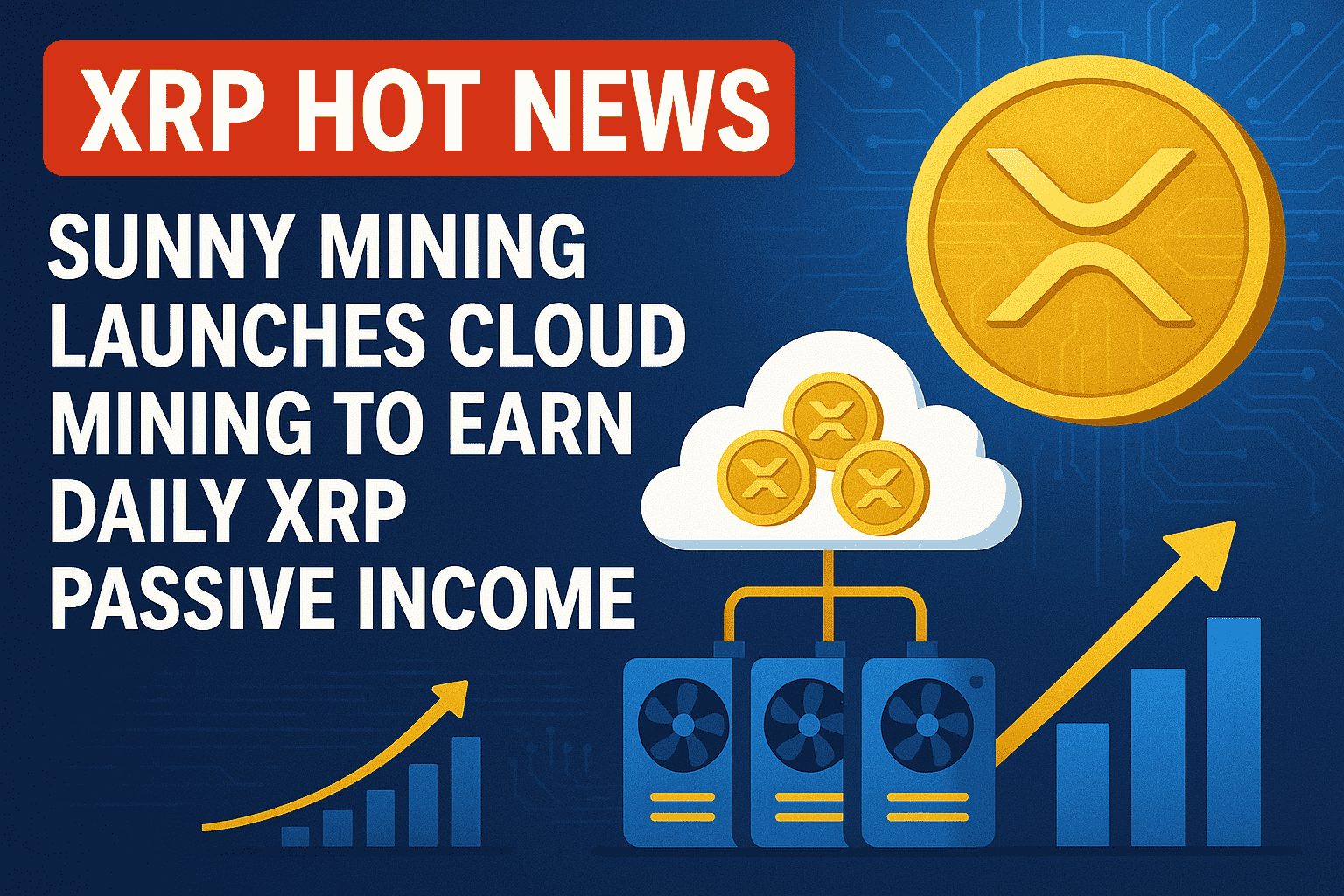How to Set the Right Price for Your Book: A Strategic Guide for Authors
Setting the right price for your book is one of the most important decisions you’ll make as an author. Price too high, and you risk losing potential readers. Price too low, and you may undervalue your work or make it harder to break even. For both self-published and traditionally published authors, finding that sweet spot—where value meets reader expectations—is crucial to success.
This guide will walk you through how to price your book strategically, based on format, market, audience, and long-term goals.
Why Pricing Matters
Pricing isn’t just about profits. It influences:
-
First impressions: Price sets a psychological expectation for quality.
-
Market competitiveness: A competitive price helps your book stand out.
-
Discoverability: Lower prices can boost downloads, reviews, and rankings.
-
Profitability: It affects your royalties and return on investment.
Whether you’re launching a debut novel or releasing your fifth non-fiction title, pricing is a tool—not just a number.
Key Factors That Influence Book Pricing
1. Book Format (eBook, Paperback, Hardcover, Audiobook)
Different formats require different pricing strategies.
-
eBooks are cheaper to produce and distribute. The sweet spot is often $2.99–$5.99 for indie authors. This price range also qualifies for Amazon’s 70% royalty rate.
-
Paperbacks involve printing costs. Prices typically range from $9.99 to $16.99, depending on page count, trim size, and genre.
-
Hardcovers are premium items and can go for $19.99–$30, especially in non-fiction or collector editions.
-
Audiobooks are more expensive to produce but can be priced higher ($7.99–$24.99) depending on length and platform.
Tip: Match your pricing structure to the expectations of the format. Don’t overcharge an eBook because you spent time on it—price based on market value.
2. Genre and Audience
Some genres support higher prices than others due to perceived value and reader behavior.
-
Romance, YA, and genre fiction readers expect lower prices, especially for eBooks. Sales volume drives profits.
-
Non-fiction, business, or academic books can command higher prices due to specialized content and niche demand.
-
Children’s books depend on illustrations and print quality, which affects production costs and pricing.
Tip: Know your readers. What are they willing to pay for a book like yours?
3. Word Count and Page Count
While longer books don’t always need to cost more, readers often equate length with value. A 300-page novel priced at $12.99 feels more justified than a 100-page novella at the same price.
That said, don’t inflate pricing just because your book is long—quality and genre are more important.
4. Production Costs and Royalties
Always calculate how much it costs to print or distribute your book.
Print-on-demand (POD) services like Amazon KDP or IngramSpark subtract a fixed cost + a per-page cost from your list price before applying royalties.
For example:
-
List price: $14.99
-
Printing cost: $4.25
-
Amazon royalty (60% of list price): $8.99
-
Your profit: $8.99 – $4.25 = $4.74
Tip: Know your break-even point and set prices to make a profit while staying competitive.
5. Your Goals as an Author
Your pricing strategy should align with your goals:
-
Maximize sales and visibility?
Price low (even free during promotions) to increase downloads and reviews. -
Maximize profits?
Price higher, especially if you have a niche audience or sell direct. -
Build a brand or series?
Consider “loss-leader” pricing: Set the first book cheap or free to attract readers to your series.
eBook Pricing Tiers: Pros & Cons
Here’s a quick breakdown of common eBook pricing strategies:
| Price Point | Pros | Cons |
|---|---|---|
| $0.00 | Great for promotions and visibility | No revenue; may devalue your work |
| $0.99 | Low barrier to entry; impulse buys | Low royalty; often seen as “cheap” |
| $2.99–$4.99 | Amazon’s 70% royalty range; sweet spot for value | Highly competitive space |
| $5.99–$9.99 | Perceived higher value; niche markets | Higher price may reduce volume |
| $10+ | Premium pricing for non-fiction or advanced content | Risky for unknown authors |
Competitive Analysis: Research Before You Price
Before finalizing your price, study competing books:
-
Search for books similar to yours in genre, format, and length.
-
Note their pricing structure.
-
Evaluate their ranking and reviews.
Ask:
-
How does my book compare in quality and value?
-
Can I price similarly while offering a unique advantage (e.g., better cover, bonus content, or series tie-in)?
Tip: Avoid pricing too far below the competition—it might suggest lower quality. Undercutting may backfire.
Psychological Pricing Tricks That Work
-
Use .99: $4.99 feels significantly cheaper than $5.00 due to consumer perception.
-
Create urgency: Limited-time discounts or launch pricing can drive sales.
-
Anchor pricing: Position your price next to a higher one (e.g., “Normally $9.99, now $3.99”) to increase perceived value.
-
Bundle: Offer discounts for box sets or multiple books to boost cart size.
Promotional Pricing Strategies
-
Free first book in a series: Attracts new readers who’ll buy the rest.
-
Kindle Countdown Deals: Lets you run limited-time discounts while keeping a 70% royalty.
-
Launch discounts: Lower your price during release week to spike early sales and boost rankings.
Tip: Time your promotions with visibility tools—ads, email lists, newsletter swaps—to maximize reach.
When and How to Adjust Your Price
Book pricing isn’t static. Test and adjust based on performance.
-
Are sales flat despite good reviews? Try lowering the price.
-
Are you getting high downloads but low revenue? Raise the price slightly.
-
Launching a sequel? Drop the first book’s price for a limited time.
Tip: Always communicate price drops or sales to your audience through newsletters and social media.
Final Thoughts
There’s no one-size-fits-all price for every book, but understanding the market, your format, and your goals will help you price smart. The right price should reflect your book’s value, attract your target audience, and support your publishing goals—whether that's reach, revenue, or reputation.
Remember: A good book with the wrong price may go unread. But a strategically priced book? That’s a powerful sales engine.







